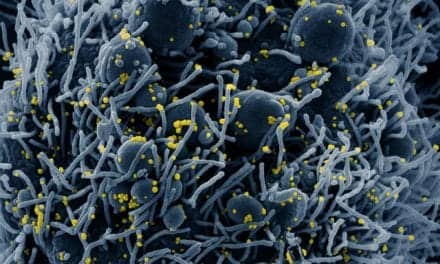Most SARS-CoV-2 infections were not persistently asymptomatic, and asymptomatic COVID infections were less infectious than symptomatic infections, according to data published in Plos Medicine.
Debate about the level and risks of asymptomatic COVID infections continues, with much ongoing research. Studies that assess people at just one time point can overestimate the proportion of true asymptomatic COVID infections because those who go on to later develop symptoms are incorrectly classified as asymptomatic rather than presymptomatic. However, other studies can underestimate asymptomatic infections with research designs that are more likely to include symptomatic participants.
The new paper was an update of a living (as in, regularly updated) systematic review first published in April 2020, which includes additional, more recent studies through July 2021. A total of 130 studies were included, with data on 28,426 people with SARS-CoV-2 across 42 countries, including 11,923 people defined as having asymptomatic COVID infections. Because of extreme variability between included studies, the meta-analysis did not calculate a single estimate for asymptomatic infection rate, but it did estimate the inter-quartile range to be that 14–50% of infections were asymptomatic. Additionally, the researchers found that the secondary attack rate—a measure of the risk of transmission of SARS-CoV-2 — was about two-thirds lower from people without symptoms than from those with symptoms (risk ratio 0.32, 95%CI 0.16–0.64).
“If both the proportion and transmissibility of asymptomatic COVID infection are relatively low, people with asymptomatic SARS-CoV-2 infection should account for a smaller proportion of overall transmission than presymptomatic individuals,” the authors say, while also pointing out that “when SARS-CoV-2 community transmission levels are high, physical distancing measures and mask-wearing need to be sustained to prevent transmission from close contact with people with asymptomatic and presymptomatic infection.”
Coauthor Nicola Low adds, “The true proportion of asymptomatic COVID infection is still not known, and it would be misleading to rely on a single number because the 130 studies that we reviewed were so different. People with truly asymptomatic infection are, however, less infectious than those with symptomatic infection.”










